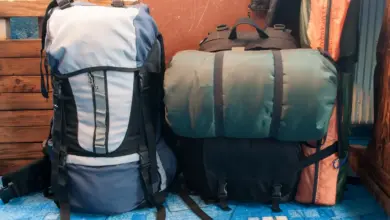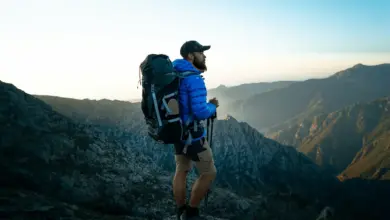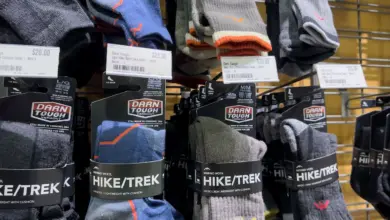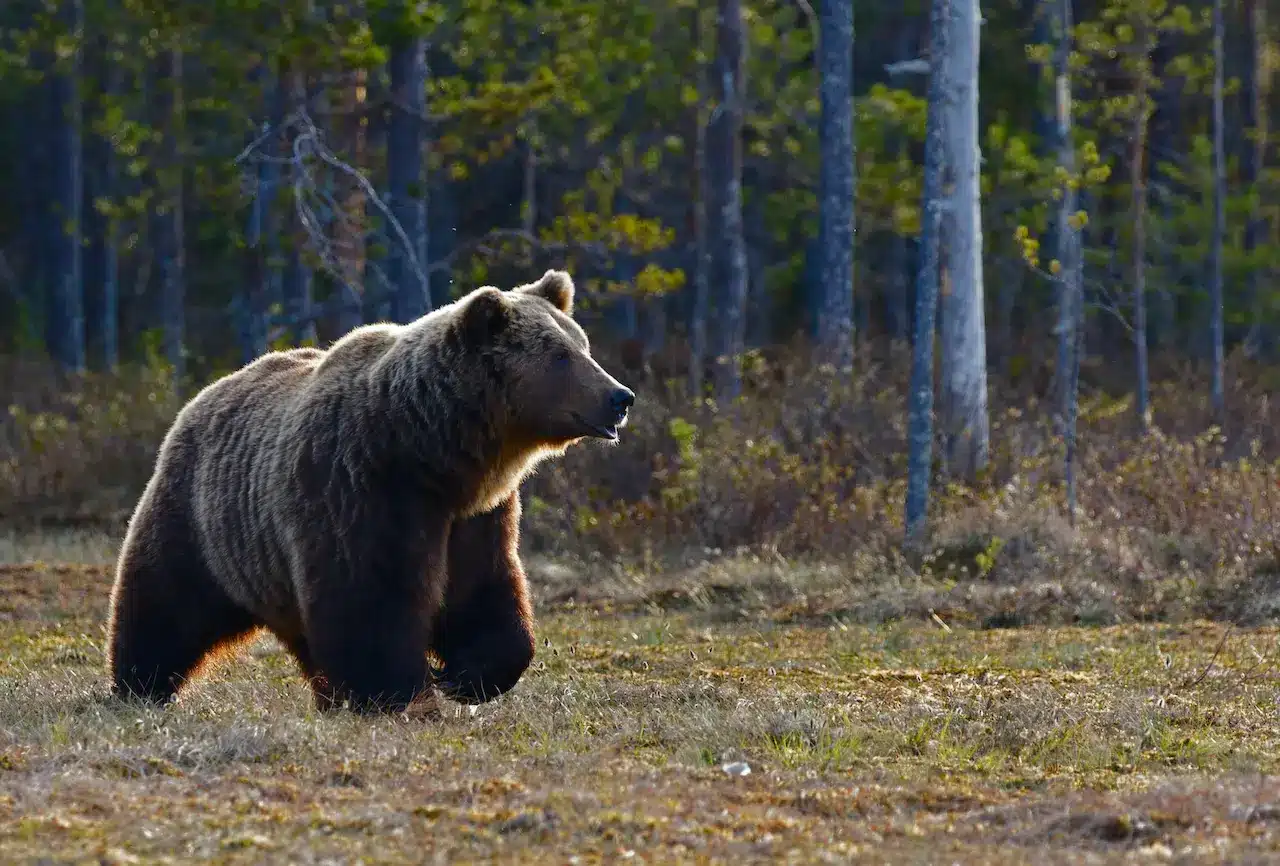Playing Music When Hiking: When and How to Do It
Ahh, you’re alone in the forest, listening to the sweet sound of nature. The singing of birds and rustle of the trees. Then you hear what sounds like a frat dance party getting louder and louder in the distance… yep, nobody likes hearing loud noises in the woods. So what’s the proper etiquette for playing music when hiking? How and when should you do it?
As a simple rule, don’t be rude should suffice when you’re out hiking in the woods. But there’s a lot of people who do like to play music and sometimes even bring instruments along on their hike. So where do we draw the line about what’s appropriate?
Is Playing Music on the Trail Rude?
The short answer is ‘yes’, playing music when hiking is considered rude for the most part. A lot of people go hiking to get out away from the loud busy city and into quiet nature. Some hikers are okay with music, but most hikers aren’t. Even though they might not say anything, it’s often one of the biggest peeves among hikers.
Loud noises on the trail also fall into 2 of the 7 Leave No Trace principles:
- Principle 6: Respect Wildlife
- Principle 7: Be Considerate of Other Visitors
Principle 6 says:
Learn about wildlife through quiet observation … Quick movements and loud noises are stressful to animals.
Leave No Trace Principle 6
Especially during hot or cold weather, animals could be already stressed and loud music or conversation will make it worse.
Principle 7 says:
Many people come to the outdoors to listen to nature. Excessive noise, uncontrolled pets and damaged surroundings take away from the natural appeal of the outdoors.
Leave No Trace Principle 7
and…
Different strokes for different folks, but be sure to thoroughly consider how your experience is affecting the way someone else enjoys the outdoors. For example, earbuds may be a less obtrusive way to enjoy music than external speakers, but if you have the volume turned so high that you can’t hear someone behind you who wants to pass, your personal preference for music will negatively affect other people.
Leave No Trace Principle 7
It’s like the same thing as going to the library. People go there for a reason to get away from all the noise. On some hiking trails even, there are even rules about “no amplified music”.
I do get the appeal though. After hiking for miles and I’m tired, it’s nice to have something to perk me up. But there is a right and wrong way to listen to music on the trail.
If you’re playing music from your phone or have a Bluetooth speaker, it’s not so bad if the volume is low and you are attentive to turn it off when you are around other hikers. If you can hear them, they can probably hear you.
You may also like Hiking vs Walking – Differences and Benefits
Hiking with Headphones
Hiking with headphones is one option for those who do prefer music on hiking trails. Like everything else, use it appropriately. If you’re doing a safe stretch, yeah, headphones are probably fine. Anything that requires scrambling or animals or high traffic areas, you might not want your earbuds.
If you’re zoning out on technical climbs and not paying attention to what’s around you, switching off your music is probably a good idea.
On well-traveled hikes, there could be animals like horses and mules, dogs, bikers, runners, other hikers, and even 4 wheelers that are looking to pass. You need to be aware of what’s coming up from behind so you don’t make any unexpected movements.
Some people leave a single earbud in so they can listen to music and hear what’s around them. Other people also use bone conductive headphones when hiking. Check out the AfterShokz headphones on Amazon. Or for an ultralight option, check out the Panasonic ErgoFit, probably the biggest bang for your buck.
You may also like Do You Need to Worry About Bears in Winter?
What About Playing Musical Instruments? Singing? Whistling?
As far as playing instruments on the trail, it depends, but should still follow Leave No Trace principals.
Different instruments are going to be treated differently. I know it sounds crazy, but there have been hikers who carry trumpets, trombones, and even saxophones on the trail.
These brass instruments are probably one of the worst instruments to play out in the woods. They are loud, less pleasant, and travel further than other types of instruments. When it comes to these types of instruments, I say leave them at home.
Softer instruments like guitars, flutes, and harmonicas are more accepted on the trail. Sounds from these instruments are softer and don’t’ travel as far.
Singing can be fine as well as long as it’s moderated. You still don’t want the whole forest hearing you. Whistling is a-okay in my book and I have a habit of doing it myself. Whistling is not very loud and is unlikely to disturb other hikers.
You may also like Camping After Getting a Tattoo, Is It Too Soon?
Conclusion
When it comes to playing music on the trail, whether that’s from speakers or an instrument, you want to be considerate of who’s around you. A lot of hikers get annoyed by loud music and it can add extra stress to animals.
If you do play amplified music on the trail, turn the volume down or bring headphones. And if you are wearing headphones, make sure you still know who and what is around you. Other hikes, runners, and animals could have a hard time passing if you can’t hear them.
Bottom line is, music on the trail isn’t necessarily a bad thing. Keep the music low volume, be respectful, and be safe.



